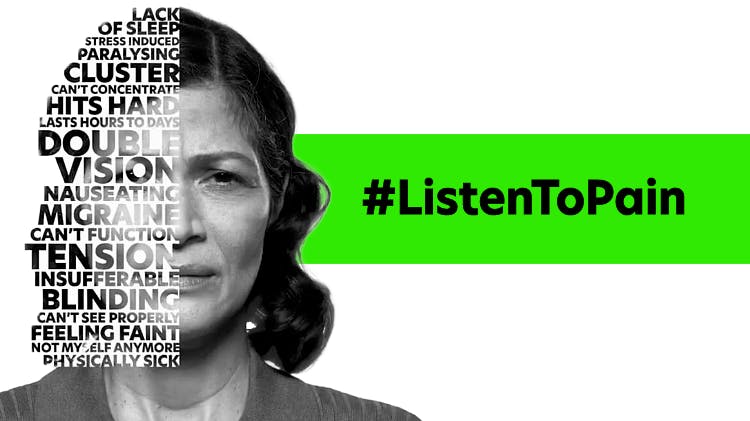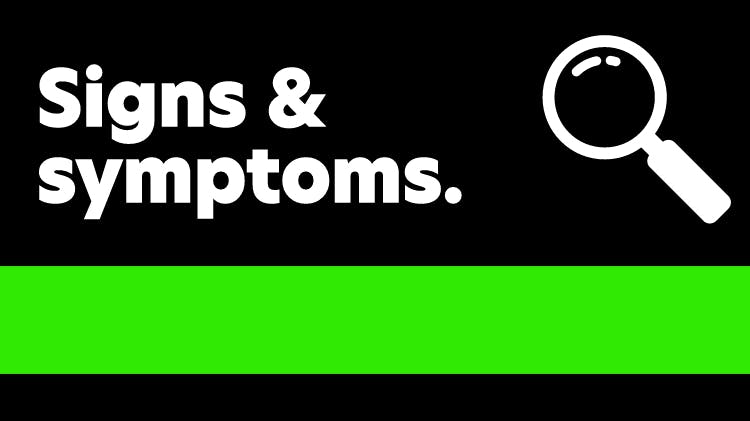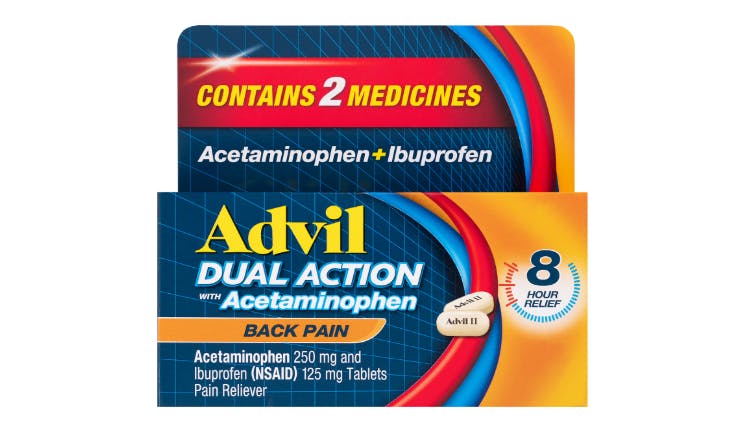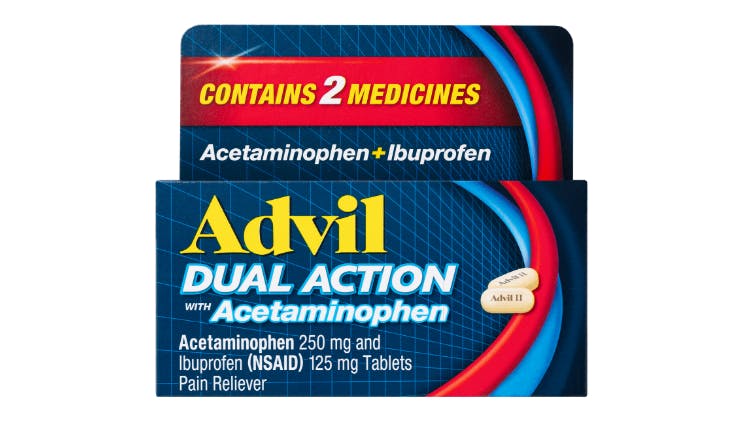Common Causes of Back Pain

Back pain is one of the most common reasons for primary care and emergency care consultations. It can arise from a wide range of causes in adults and children, most are mechanical in nature or have a nonspecific origin. Mechanical back pain comprises 90% of cases, so health providers can easily miss rare causes while focusing on common etiologies.1
Explore the common causes of back pain below to best prepare yourself to care for your patients.
Understanding the causes and types of back pain
Explore related content


Listen To Pain
Explore our tools like the Patient Pain Tracker, designed to help improve patient conversations.

What are the signs of back pain?
Learn more about the common signs and symptoms of back pain.

Advil Dual Action Back Pain
Explore Advil Dual Action Back Pain, an FDA-approved combination of acetaminophen and ibuprofen that provides 8 hours of back pain relief.

NEW Advil Targeted Relief
Learn more about the first topical pain reliever from Advil that starts working on contact for up to 8 hours of relief.

Advil Dual Action
Explore Advil Dual Action, an effective combination of ibuprofen and acetaminophen that fights pain in 2 ways.
